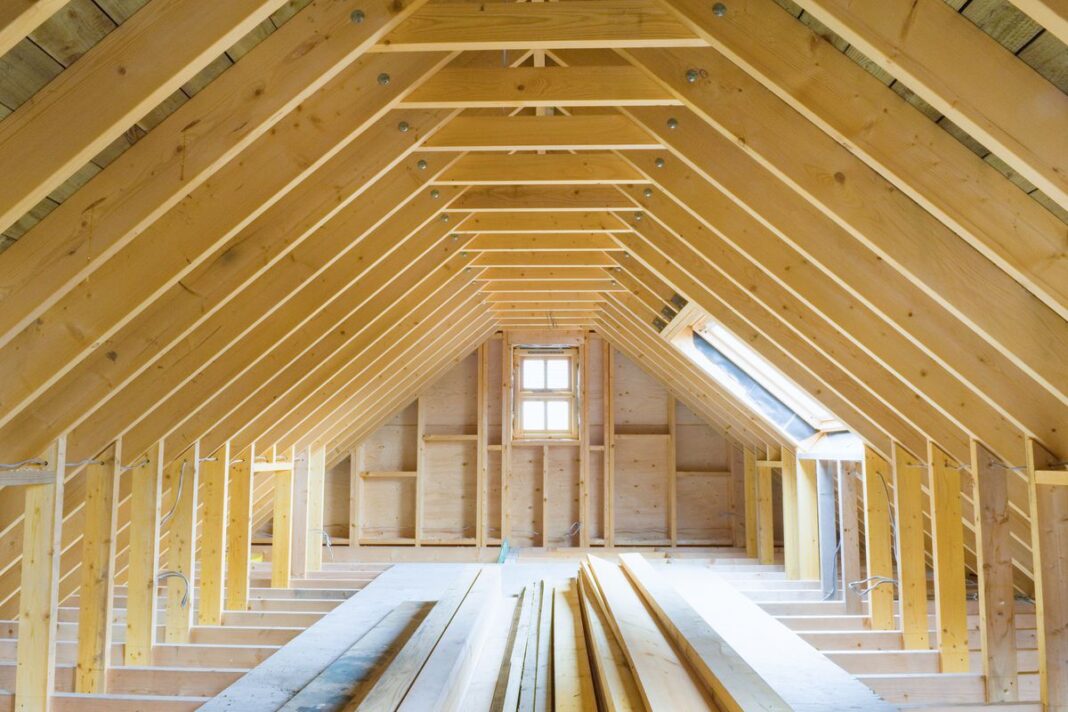What’s available in the market? Different types of insulation have different R-values. If you live in an area with extreme temperatures, you should opt for higher-R-value insulation. This will help protect your home from extreme temperatures. In addition, you can choose eco-friendly and easy-to-install material.
Cellulose absorbs water
In general, cellulose has good thermal qualities, but the downside is that it can compact and lose its R-value over time. In addition, cellulose insulation is more likely to absorb water than fiberglass, so ask your contractor how many bags he will use for the project. Finally, cellulose is better in humid or rainy conditions because it absorbs moisture. For this reason, it’s important to avoid installing cellulose in the attic unless you have a sound ventilation system and a dehumidifier.
A common misconception about cellulose insulation is that it needs a vapor barrier. This isn’t true for all types of cellulose. The CIMA recommends a vapor barrier only when the house is in an area with high moisture. Using a vapor barrier with cellulose is only advisable in areas where the temperature is consistently above freezing. Cellulose can easily absorb water, leading to mold and rot in your home.
Fiberglass is easy to install
The most common form of fiberglass attic insulation is batts, large rolled-up sheets of material held together by reflective aluminum foil and paper that act as an adhesive vapor barrier. Fiberglass is environmentally friendly since it is made from sand transformed into glass, which counts as renewable energy. The fiberglass batts are also easy to install, and many homeowners choose to do them themselves.
Another advantage of fiberglass is that it is non-flammable, so you can line your joists with it without fear of catching fire. Additionally, fiberglass is less likely to develop mold, making it an ideal choice in climates with higher humidity. Moreover, fiberglass is easy to install and doesn’t require any professional help. As a result, anyone can do it, whether they’re an experienced DIYer or not.
Mineral wool is soundproof.
One of the most common insulating materials, mineral wool, is effective at soundproofing attics. It is inexpensive and available in various forms, including rigid panels and softer batts. In addition, it is easy to install compared to other types of insulation. Most brands are made from natural stone fibers in several sizes and shapes. In addition to being inexpensive, mineral wool is also effective at soundproofing, and its density makes it easy to handle.
Compared to other types of insulation, mineral wool costs more than fiberglass, which is a popular choice. This is partly due to the expensive manufacturing process, which makes mineral wool insulation more expensive. It is also less readily available than fiberglass, limiting its size range. Still, many people find mineral wool insulation the most cost-effective for attic insulation and are happy with the results. This product is also environmentally friendly and can help reduce carbon emissions.
Cellulose is eco-friendly
Cellulose attic insulation is an excellent R-value (reflective value) of 3.59 per inch and is highly effective at dampening noise. Cellulose has a shallow embodied carbon content and is considered eco-friendly. Compared to fiberglass, it requires less energy to manufacture and install.
Cellulose insulation is used in enclosed walls, attics, and new buildings. This insulation is made from ground-up recycled paper treated with boric acid, borax, or ammonium sulfate. There are four types of cellulose insulation, depending on your chosen installation process. Dry cellulose is a popular choice for new construction and is installed by drilling holes in the top walls of the attic and blowing in the cellulose insulation.
Spray foam is easy to install
You need to take a few steps when installing attic insulation using spray foam. First, you need a hose. Then follow the instructions to install the spray foam. Once installed, you can move on to insulating your roof. You will also need a free air vent in your attic.
When installing attic insulation, remember to install it between rafters and wall joists. You can also use rigid foam panels instead of floor insulation. Depending on the thickness of your insulation, you may need to hire a professional to install this type of insulation. Despite its ease of installation, it is recommended that you hire a professional if you’re unsure of the process. Once installed, the foam will block air flow and provide a higher R-value per inch than other types of insulation.
















